In January 2010 I was off again, this time to complete a 6 month Internship in Texas, USA at Wildlife Rescue and Rehabilitation Inc. Why Texas? I have no idea, but I had some of the best and most difficult times of my life here, in the middle of absolute nowhere! I had no-idea what I was truly getting myself into but I was soon to find out.

This sanctuary rescues native wildlife, farm animals and domestic pets. In addition to exotic wildlife such as primates, big cats, wolves, and bears that have been used or abused in roadside zoos, the exotic pet trade or ex-lab animals.
As an intern, I was paid a stipend of $100USD a month. Not a lot, but something is always better than nothing.
I lived in a trailer! Not just any trailer, but one with 3 bedrooms, 2 bathrooms, a fully functional kitchen and central heating. My trailer fit between 6-8 interns, 3 cats and a couple of dogs! There were three trailers on site. Interns were mainly from different states of America but there was me (an Aussie), a French intern who arrived a few months later and a Brit too!

Intern job role
Your first two month of training begins in the clinic/rehabilitation centre. As well as the emergency animal hotline. The following two months would consist of the nutrition center, sorting through food donations, preparing food for the exotic wildlife, ex-pet and lab animals and washing dishes. If you weren’t good at chopping fruits and veggies or a good dish washer, you certainly did become one, fast!
The last two months were spent working in the clinic and with the farm and other outdoor animals, preparing food, feeding and cleaning enclosures and yards. Interns didn’t work directly with the exotic animals as they needed more consistency, which was understandable.
- Delivering food
- Long Horn
- baby deer
Clinic
This is where the sick, injured or orphaned native animals arrived and were looked after. I arrived in winter, so the clinic was not at capacity. The clinic mainly had adult opossums, doves, pigeons, cats, rabbits, ducks, chickens, guinea pig, mice and gerbils at the time. However very quickly baby season arrived and completely filled the clinic with baby squirrels, skunks, opossums, raccoons and other wildlife such as hummingbirds, armadillo, turtles, hedgehogs, hawks, owls, kestrels, vultures, deer and everything in between.
We were trained on correct animal handling, medical treatments and protocols during our stay. The training was very thorough and there was always help available if we needed. I gained many new skills looking after such an array of species.
When baby season hit, it was so busy, each of us would be rostered onto just one room out of the many. Starting at one end of the room, you would work your way around feeding, toileting, changing bedding for all the babies in that room. Baby birds and young opossums needed to be tube fed, which took a lot of concentration, patience and time. Once you finished all the feeds, their next feed would likely be due. Repeat, repeat, repeat!
My favourite animals were definitely the baby squirrels and skunks. Baby skunks can’t spray, but they were certainly practicing for when they could! Baby opossums are cute too, until their teeth grow, then they prefer to test them out on you.
- Skunk
- Squirrel
- Opossum
Each animal had to have a certain amount of feeds per day and you had to follow this protocol, even if it meant working till 5am to complete their feeds. Hotline and the intake of animals from the general public could also cause you to stay later to ensure each animal was attended too.
In general night shift finished at 11pm, but with baby season in full force, average finish time would be between 1am-3am! Morning shift then started at 6am.
Raccoons
When the season came for baby raccoons, we worked harder than ever before. Raccoons are adorable, although very vocal. Unfortunately they are rabies vector species. Which means they carry the rabies virus, some show the signs, others are carriers of the disease.
When they arrive at the sanctuary they must start their journey in the isolation rooms. Once the rooms are full, they are closed for a period of two weeks. During these two weeks, we wait to see if they show any signs of the virus.
If they do, they stay in these rooms longer, if not they are transferred to a rehabilitation room for raccoons only. There were a lot of protocols to abide by when feeding the raccoons in these isolation rooms. This was to avoid the spread of infection to other animals in the center.

This charity does everything they can to avoid putting animals to sleep. I appreciate their commitment to want to save all animals that come into their care. However it was a very emotional time for us seeing these animals sick and in pain and many not recovering.
Unfortunately many of the interns decided to end their internship due to the long hours, the hard work and the emotional tax it caused working with all these sick and orphaned animals.
Knowing that I couldn’t end their suffering was extremely hard for me to deal with. Having to still tend to their needs was emotionally and in some ways morally difficult. I just hope since then, that further intakes of raccoons has been reviewed and managed more effectively for all involved.

Emergency Animal Hotline
Your shift was from 9am-4:30pm answering general inquiries and emergency phone calls. People would call for all sorts of reasons;
- A mother opossum hit by a car and her babies needing to be brought into our care
- People finding baby animals trapped in their attic
- A sick animal on their property needing to be rescued, the list goes on.
You had to give advice, suggestions and many times comfort them throughout a stressful experience. We received calls from all over the country, not just Texas.
After the shift, we would be required to help out the clinic or the nutrition center complete their tasks. Once a week we were also on-call to answer phones throughout the night from 11pm-6am. Some nights the phones rung constantly and others you were lucky to receive none. One night I remember we had to go out to a property due to a farmer threatening to shoot a poor animal, because it was trespassing!!

Release/Rescues
During my 6 months I was able to take part in several releases. I helped release a coyote, several turtles, some squirrels, opossums and a few sparrows. I also took part in several racoon and deer rescues. Some of the deer rescues were successful, others unfortunately didn’t end as well.
- Turtle released into the river
- Sparrows released at last!
- Opossums back into the wild
Free time
On our days off we were able to venture out of the property. Since I didn’t have a car I often joined other interns on their days off. We drove to San Antonio or Austin or visited local areas and attractions near the sanctuary. At night we sometimes went to the local pub, or a fantastic piano bar in the city. Since I love dancing, I recruited some other girls to join me in San Antonio several nights a week for some of the best salsa dancing in town.
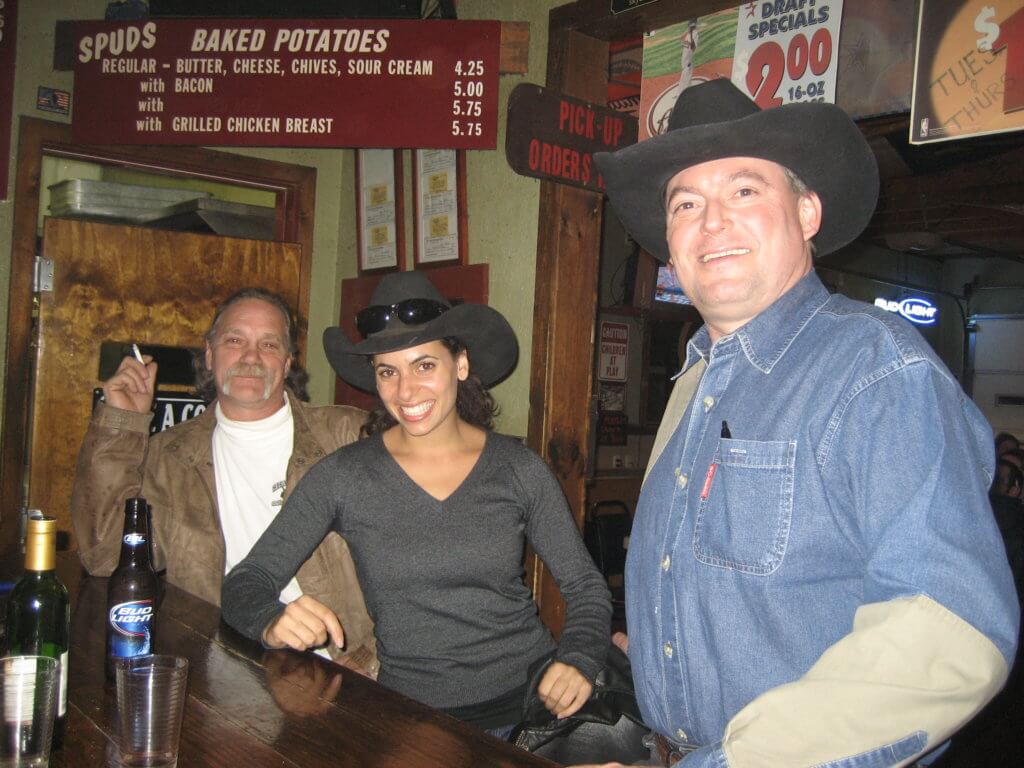
Overall I learnt an incredible amount about the welfare needs of an array of species and the reasons why they needed a sanctuary. I became a more confident speaker and was able to calm frantic callers with emergencies.I also met some wonderful people that I am still very close with today.
Thanks for reading!
Please leave a comment about anything you read, or if need any advice. I would love to hear from you.
You can join my community on Instagram and Facebook to keep up to date with what I’m up to around the world! xx
To find out more about Wildlife Rescue and Rehabilitation Inc. please visit their website.

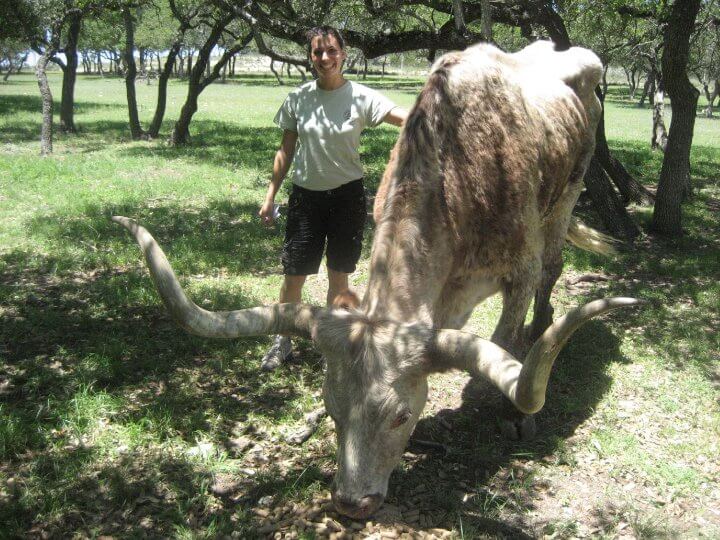
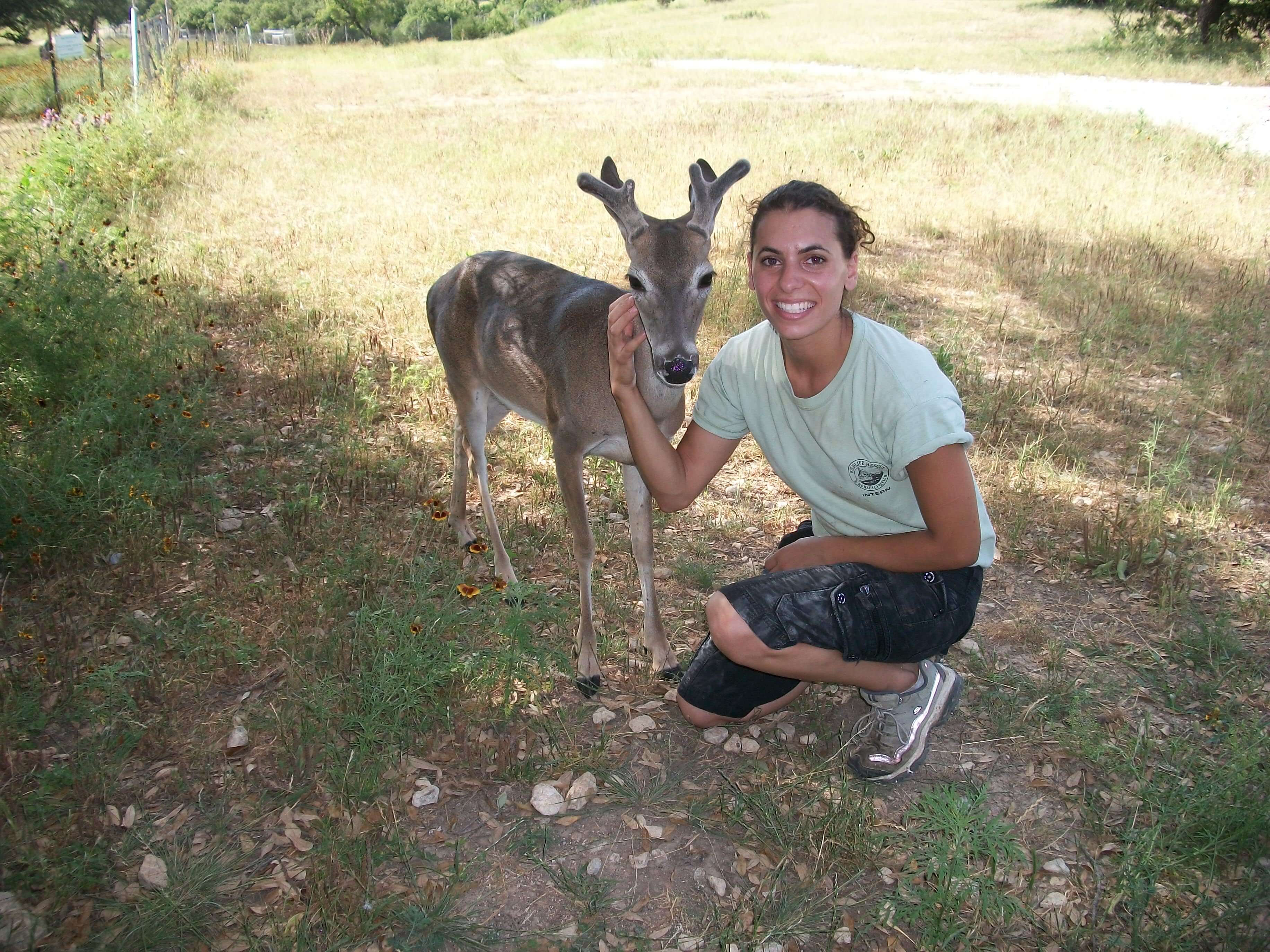
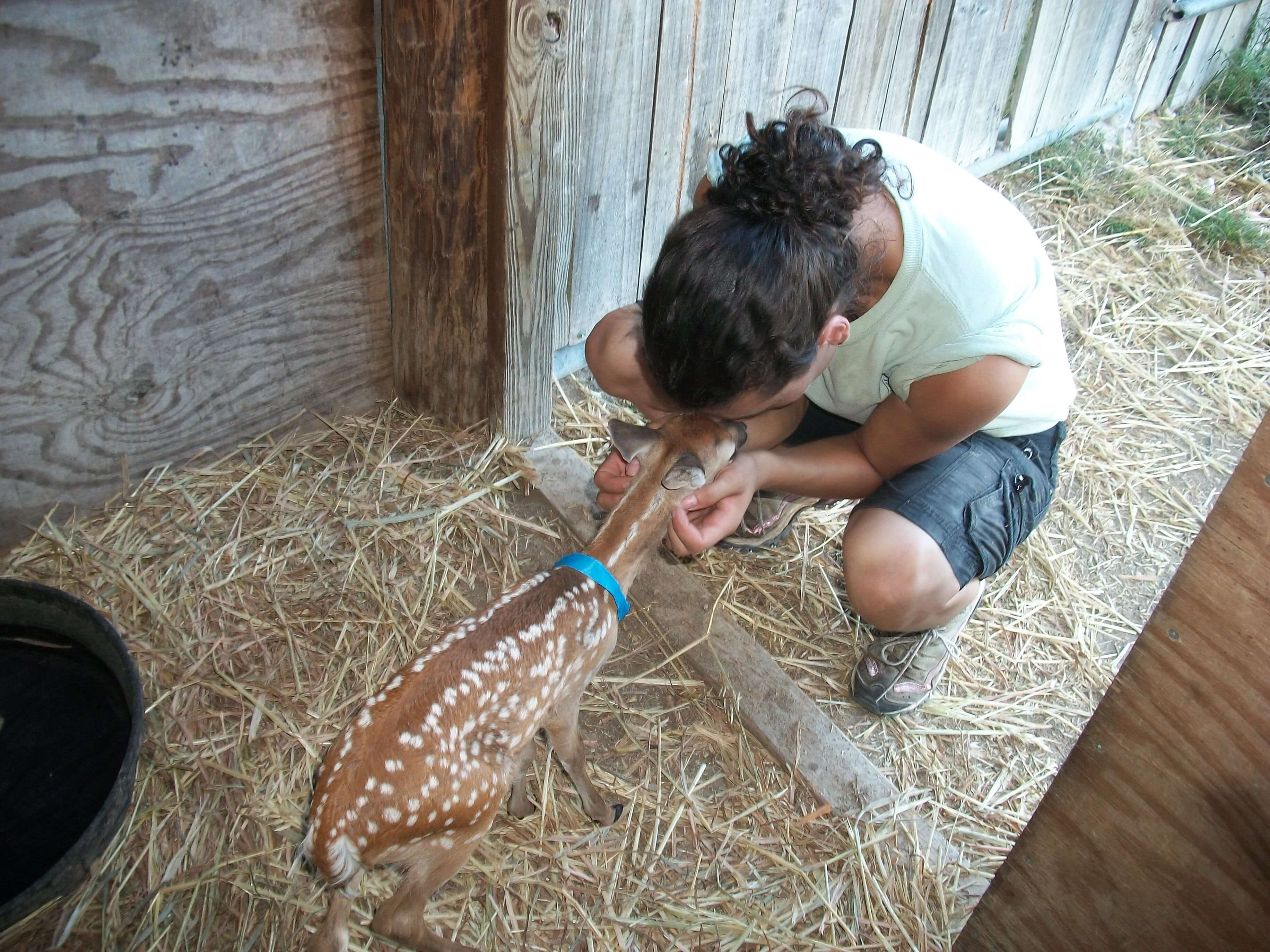
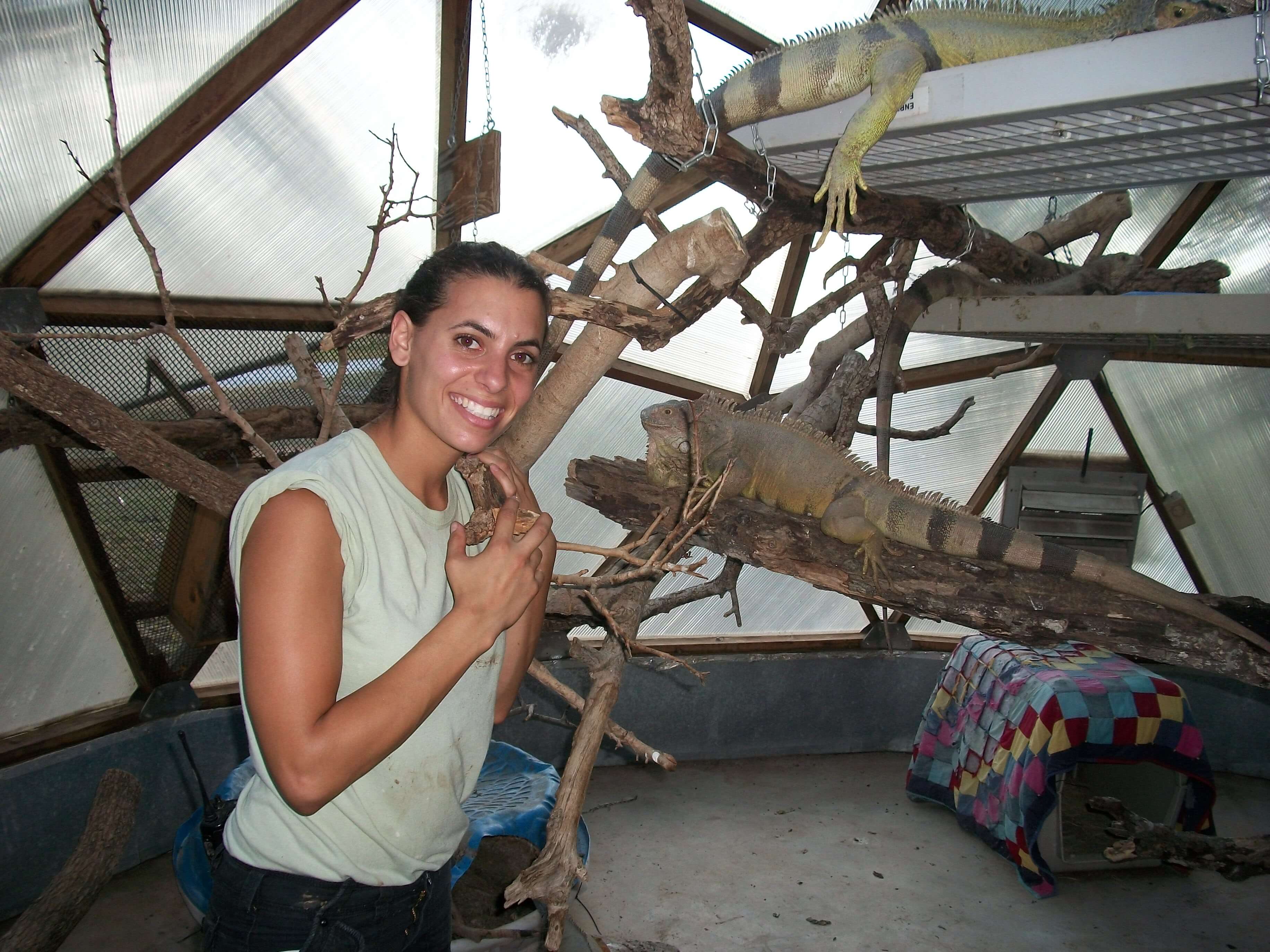
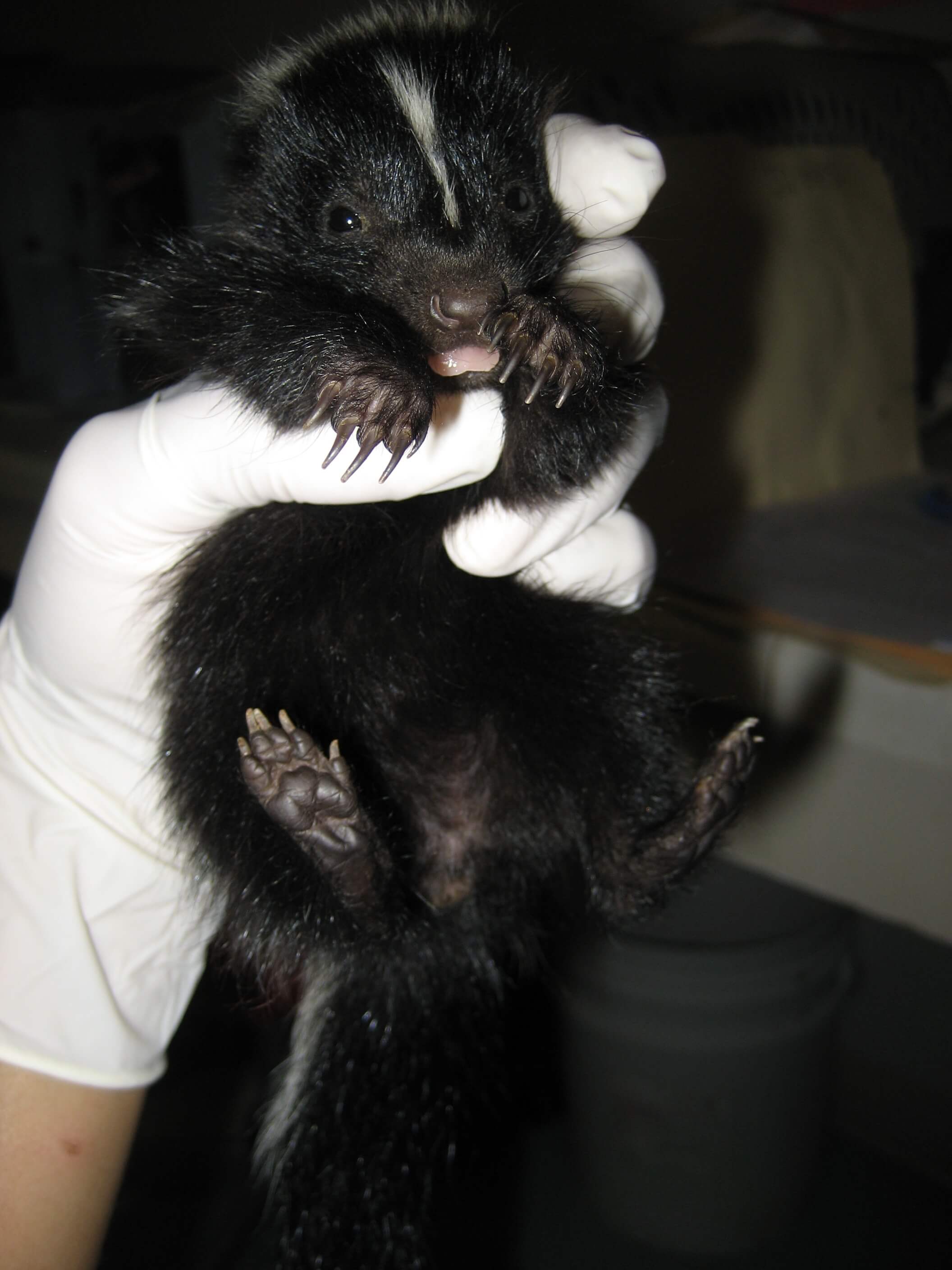




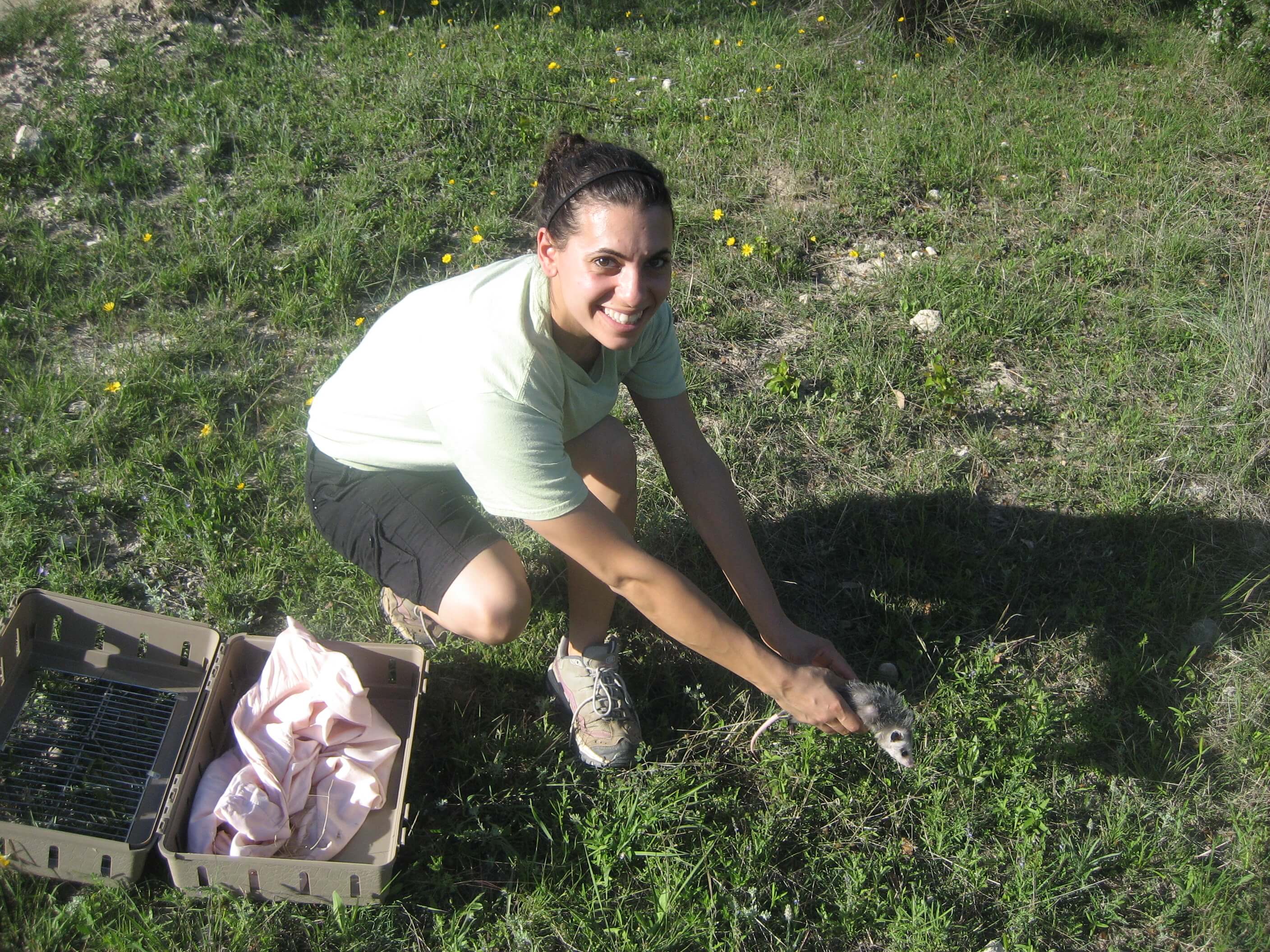
$100/month…..Wow. Cool pictures! I’m glad you were able to learn a lot and help many animals. I’m glad you got a great reference for future job opportunities. You all deserve it! How does WRR get their funds? Do they have sponsors?
Thank you Claudio for your comment. Funds are made up of donations from people around the world. You can also sponsor a wild animal to help with the costs associated with their care. You can become a wildlife sustainer by contributing monthly. You can leave a bequest, you can donate a vehicle, bedding, etc. There are many ways WRR receives funds and support. 😊
I think this internship is the hardest I have ever worked. I shed blood, sweat, tears, and 70lbs in my six months. That being said I would NOT change it for anything in the whole entire world. I learned so much about so many things and had some amazing experiences along with some truly heart breaking ones. I met some amazing people that I am so lucky to still call my friends. My beautiful Fee, I am so proud to be your friend and former intern and I truly love your dedication to animals! Love your blog!!!!! Keep it up!
Amanda, words cannot describe how thankful I am for your kind words, encouragement and friendship!
Yes this was a tough internship, but I agree with you in saying that I learnt an incredible amount and feel blessed to have had this experience as hard and emotional as it was at times.
This experience brought us interns closer together and enabled us to support and comfort eachother when in need. We formed great long term friendships. You are so special and the work you are doing for our amazing primates, turtles and all animals in between is an inspiration!
I am glad we met and interned together, it wouldn’t have been the same without you!
Wow sounds like an incredible experience.
It was very interesting. So much happened and I learnt so much in the 6months I was there!
I admire your work! And racoons are so adorable.
Yes, they sure are!